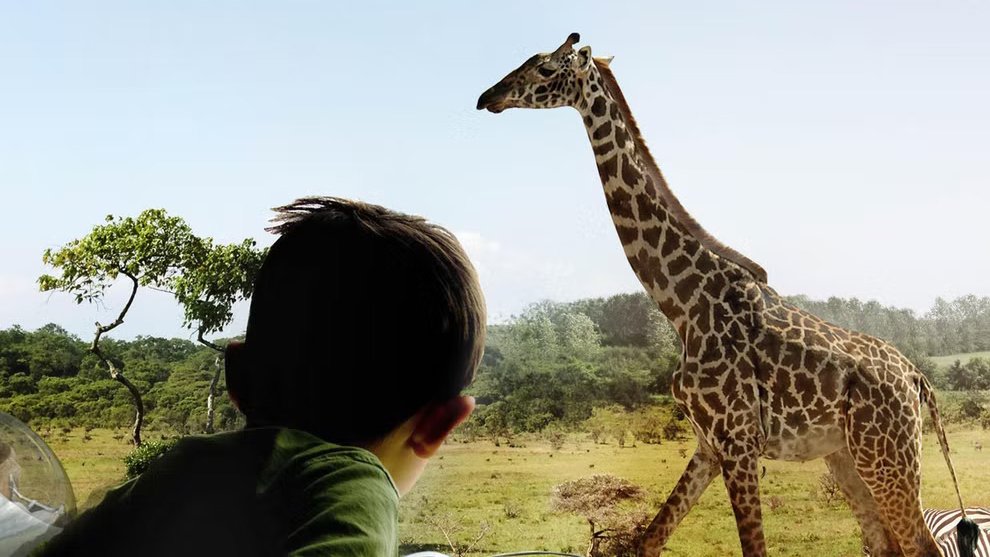Can zoos be redesigned for a more ethical generation?
All copy is reproduced here as it was supplied by Oliver Bennett to the client or publication.
Denmark’s Zootopia project proposes ‘savannah craters’ to accommodate animals such as giraffes and zebras.
In early June, when animals were feared to have left Eifel Zoo in Germany after flooding breached the zoo’s fencing, you could hear the cheers echo around the world. A week later, a dream-like video emerged of an elephant walking through the small town of Neuwied, in the east of the country, having escaped from a local circus. Social media went wild. Public sentiment was defiantly on the side of these defectors, applauding their righteous break for freedom.
Zoos, circuses and safari parks are increasingly seen as places of kidnapping and imprisonment, and public antipathy towards them is spreading beyond the likes of Peta. Within the last few years Buenos Aires and Costa Rica have said that they will close their zoos and release the animals, and while the outcome of both plans is still awaited, they have been widely applauded for the statements alone. And closer to home, zoos have had a terrible run on the public relations, from the Black Isle Wildlife Park in Scotland, which was instructed to close down in 2016, to the South Lakes Safari Zoo in Cumbria, where a documentary called Trouble At The Zoo exposed that many animals had died, leading to boycotts from local schools. When the European Association of Zoos and Aquaria conference took place in Belfast in 2016, a local councillor called Chris McGimpsey compared the local Bellevue Zoo to a “Victorian peep show” where we “gawk at animals through the bars”. Some go further yet, likening zoos to slavery and colonialism, an exploitative format that is in its swansong.
Continued/
